Sustainability
in Operations

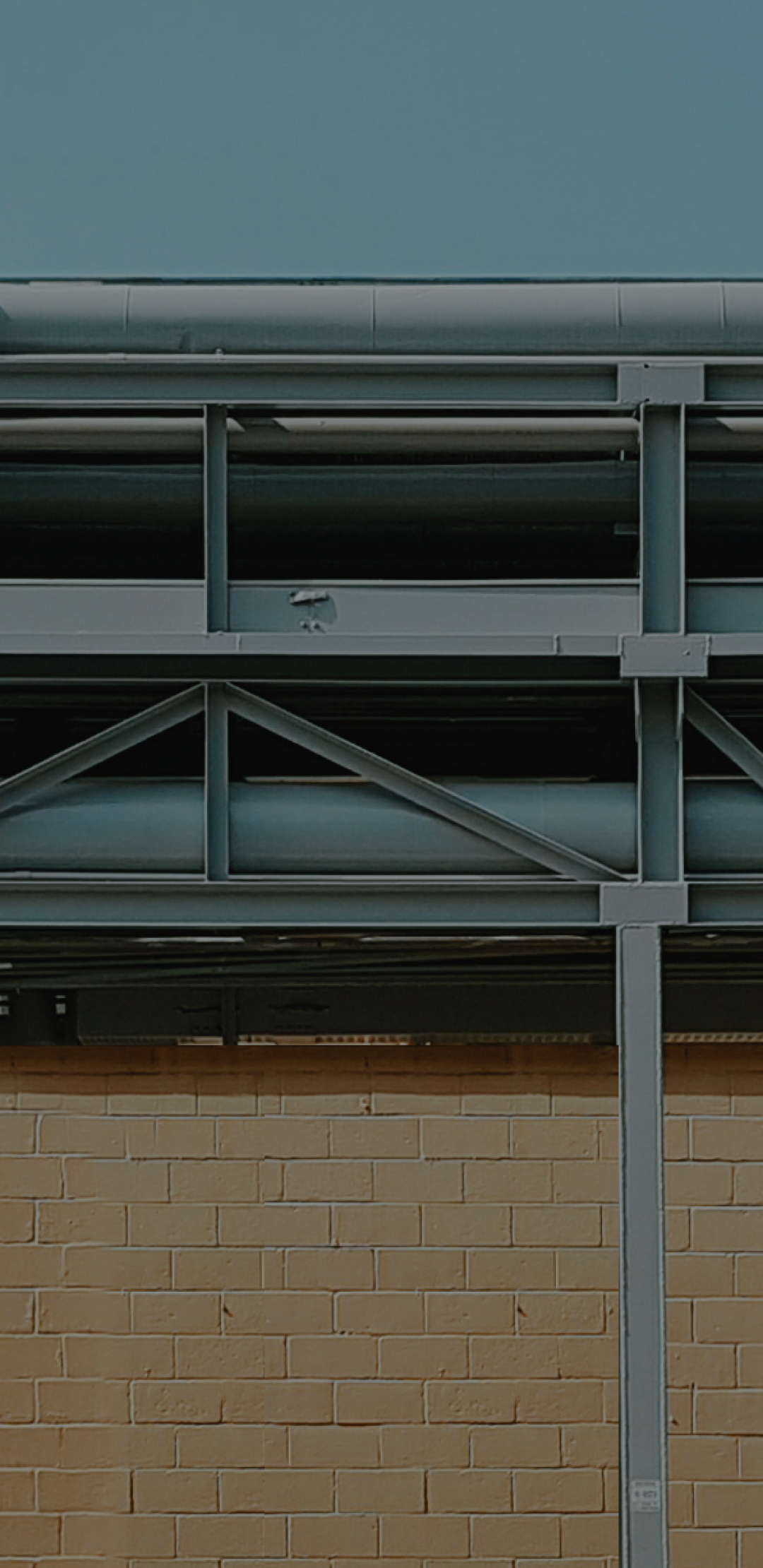
Waste
Materials
Natural resources matter to us all
We are working to establish an operating system for business sites that is safe and sustainable for everyone. This includes managing our use of natural resources, recycling resources needed for product development or production processes, removing pollutant byproducts, and developing recycling technologies.
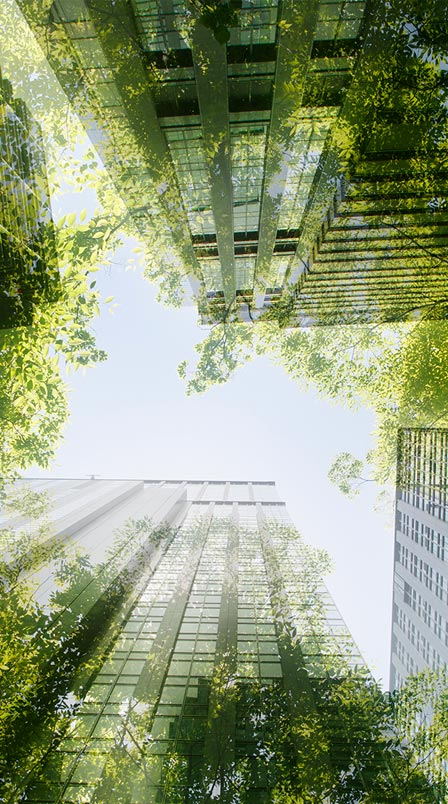

Increase the recycling rate to
achieve Zero Waste to Landfill
certification
Present - Achieved recycling rate of 96% Recognized for Zero Waste to Landfill for the first time in the semiconductor industry in 2021 *Exclude legally required landfill waste
2023 - Receive Gold level certifications for all business sites
2025 - Earn the highest level (Platinum) certifications for all business sites


We continue to advance the circular economy by discovering added value in waste and developing recycling technologies. Through this, up to 97% waste recycling rate was achieved in 2022.
The semiconductor business sites applied new technology to recycle waste like EMC or CV dust that had to be reclaimed in the past in order to exceed the ‘Platinum-level’ of Zero Waste to Landfill from the global safety agency UL (Underwriters Laboratories).

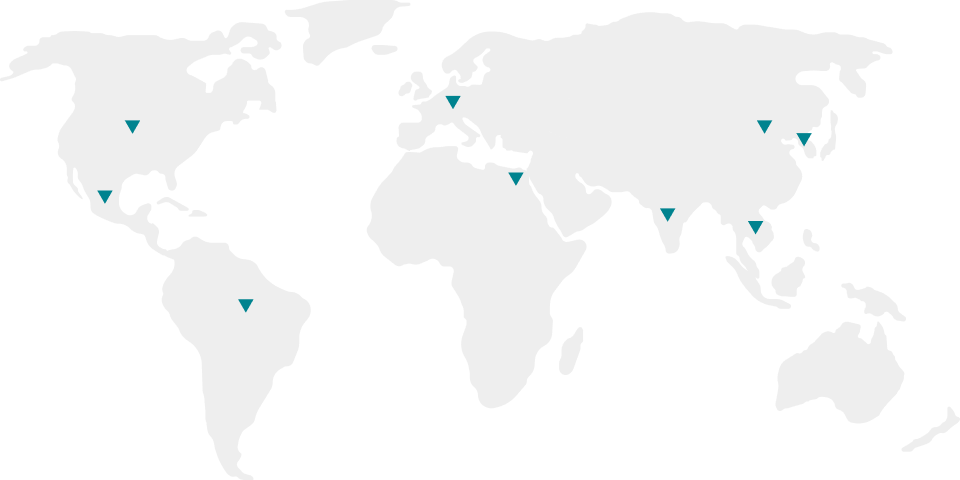
Our innovative technology drives this change, recycling previously
incinerated and
reclaimed waste.
Efforts to preserve the natural environment
2030 - Zero increase in water intake for DS (Device Solutions) Division Reuse of discharged water from public sewage treatment plants 100% reduction in global water usage in DX (Device eXperience) Division Increase of water resource reuse and operation of offset projects
2040 - Treat and revert air/water pollutants to natural conditions at semiconductor business sites Develop new technologies that can process at a natural state level
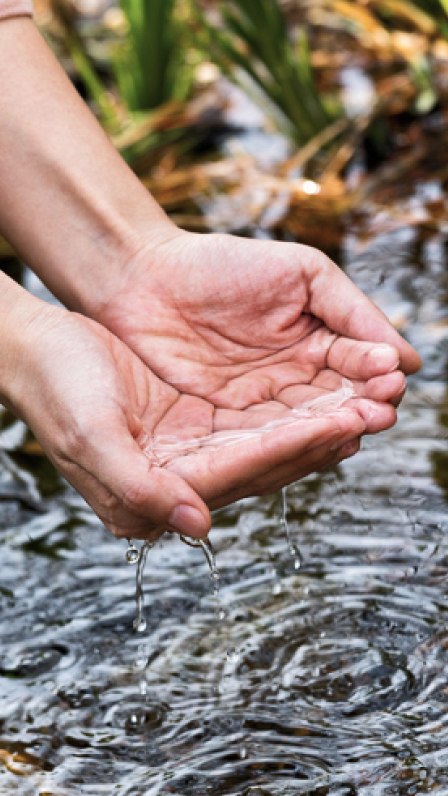

Production processes require water. They also can pollute the atmosphere. We need to work on two fronts: one, saving water, and two, developing technologies to reduce air and water pollutants.
We are reducing the amount of new water intake by increasing the reuse rate of water used in production processes. Due to the expansion of semiconductor lines, the daily water intake requirement at semiconductor business sites will more than double between 2022 and 2030. However, we have decided to keep the level from 2021 by increasing the reuse rate of water.
Starting in 2040, we will apply innovative technologies that treat air and water pollutants from semiconductor manufacturing process to a natural level, which has less impact on the environment.
Unit: 1,000 tons 2019: 68,555 2020: 70,181 2021: 94,360
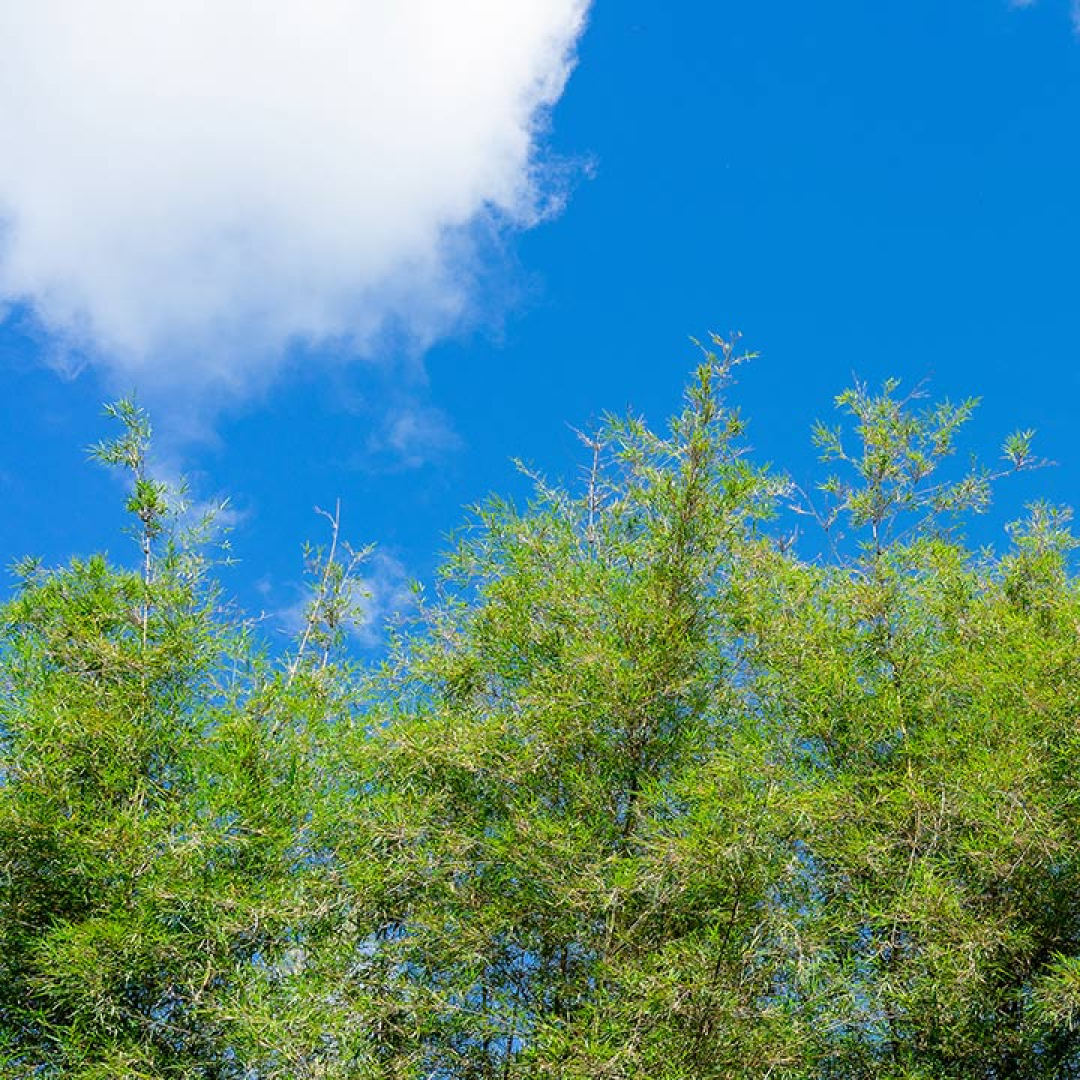

We don’t stop at ‘good enough’,
because we care about our
customers and employees’ health
and their environments.


We are reducing the use of harmful substances at production sites that could negatively impact the environment and/or human health. We have established and strictly follow in-house rules that reflect global environmental standards, such as RoHS (Guidelines for Restricting the Use of Hazardous Substances in Electrical and Electronic Products) and REACH (EU Chemicals Registration, Evaluation, Permission, Restriction System).